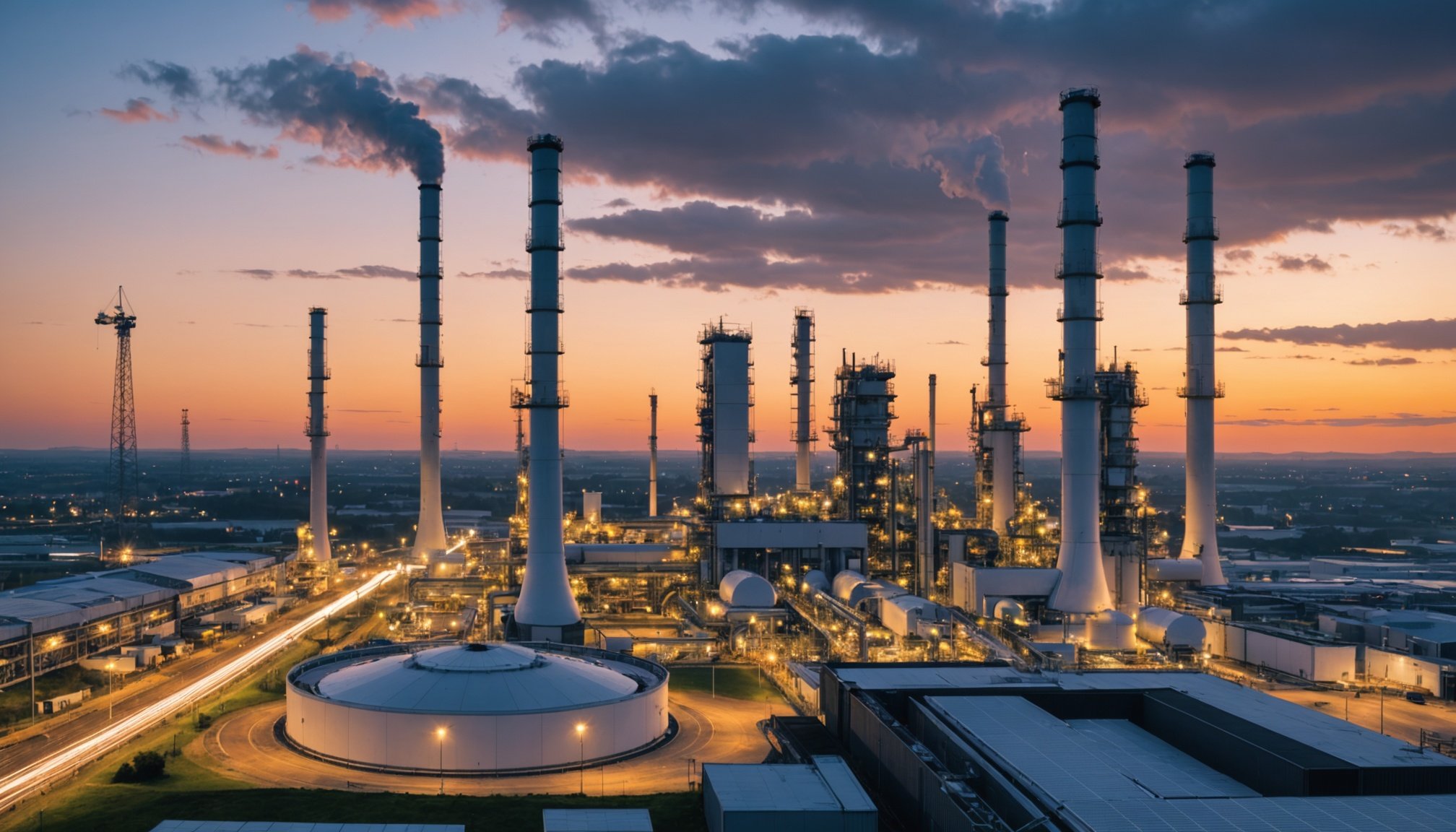Overview of AI in Predictive Maintenance
Predictive maintenance is transforming how the UK energy sector operates by leveraging AI technology to predict and address equipment issues before they arise. This proactive approach uses data-driven insights to forecast potential failures, reducing unexpected downtime and maintenance costs. By analysing real-time data, AI identifies patterns and anomalies, which suggest when maintenance is necessary, ensuring the constant reliability of energy assets.
The role of AI in predictive maintenance technologies is pivotal. AI algorithms process vast amounts of operational data from various sources faster and more accurately than traditional methods. These insights enable energy companies to make informed decisions, prioritising maintenance tasks that enhance system performance and sustainability. The dynamic nature of AI allows for continuous learning and adaptation, refining predictions over time.
Also read : Unpacking Brexit’s Effects on UK Agriculture: Navigating Challenges and Seizing Opportunities
Currently, the adoption of AI in the UK energy industry is on the rise. Companies are increasingly integrating AI solutions to optimise their operations, driven by potential benefits such as increased efficiency and reduced costs. While still in its early stages, this technology is poised to become a cornerstone of maintenance strategies, reflecting a significant shift in how the sector maintains its critical infrastructure.
Benefits of AI in Predictive Maintenance for the UK Energy Industry
The integration of AI technology within the energy sector confers multiple advantages, particularly in predictive maintenance. A primary benefit is the significant cost savings generated from reduced downtime and maintenance expenses. By using AI to predict when machinery will fail, companies can perform maintenance during scheduled downtimes, avoiding costly operational interruptions.
Also read : Harness the Power of Solar Charging Stations to Supercharge Your Electric Vehicle Experience
Furthermore, AI enhances operational efficiency. It does this by optimising maintenance schedules and allocating resources more effectively. When machinery operates efficiently, energy companies see improvements in asset reliability, which leads to fewer unexpected breakdowns.
In addition to efficiency, AI technology contributes to improved safety outcomes and regulatory compliance. Predictive models allow for the early detection of potential safety hazards, enabling timely interventions that mitigate risk. As a result, energy companies can more easily ensure compliance with stringent industry regulations.
These benefits underscore the transformative potential of AI technology within the UK energy sector. By driving improvements in efficiency, safety, and cost management, AI-equipped predictive maintenance becomes an indispensable asset for companies striving for operational excellence.
Real-World Examples of AI in Predictive Maintenance
The implementation of AI technology in predictive maintenance across the UK energy sector is showcased through several compelling case studies. These success stories illustrate how energy companies harness the power of AI to transform maintenance strategies and operations.
Case Study: Energy Company A
Energy Company A, a major player in the UK energy sector, adopted AI-driven predictive maintenance to overhaul their asset management approach. By integrating advanced algorithms, the company accurately pinpointed equipment that required maintenance before a critical failure occurred. This proactive stance resulted in a 30% reduction in downtime and significant cost savings, demonstrating the power of AI technology to improve operational resilience.
Case Study: Energy Company B
At Energy Company B, predictive maintenance using AI enhanced operational efficiency dramatically. The organisation utilised AI models to optimise maintenance schedules, prioritising tasks based on real-time data insights. This led to a noticeable uplift in asset reliability and a reduction in unplanned service interruptions, underscoring the tangible benefits of adopting AI solutions.
Case Study: Energy Company C
For Energy Company C, the integration of AI technology focused on safety improvements. By deploying predictive models, potential safety hazards were identified ahead of time, enabling preemptive action. This proactive safety approach greatly boosted regulatory compliance and reinforced the company’s commitment to employee and public safety.
Challenges in Implementing AI for Predictive Maintenance
Implementing AI technology for predictive maintenance in the UK energy sector brings several challenges that companies must navigate. A primary obstacle is the quality and integration of data. For AI to deliver accurate predictions, it requires access to clean, structured, and comprehensive datasets. Many organisations struggle with legacy systems and fragmented data sources, complicating the integration process and limiting the potential benefits of AI.
Resistance to change is another significant barrier. Employees accustomed to traditional maintenance methodologies might be sceptical about transitioning to an AI-driven approach. This scepticism can slow adoption and innovation as organisations work to shift mindsets and provide adequate training.
Cybersecurity concerns cannot be underestimated, especially when dealing with critical infrastructure. As AI systems become integral to operations, there is a heightened risk of cyber-attacks targeting these digital assets. Ensuring robust cybersecurity measures and adequate risk management strategies is crucial to protect sensitive data and maintain operational integrity.
Addressing these challenges requires strategic planning, investment in employee education, and a strong focus on risk management to foster a successful transition to AI-powered predictive maintenance.
Future Trends in AI and Predictive Maintenance
The UK energy sector is on the cusp of exciting advancements in AI technology as it continues to refine predictive maintenance. Emerging AI technologies like machine learning and deep learning algorithms are set to revolutionise how companies anticipate and address maintenance needs.
In the near future, we can expect AI’s predictive capabilities to become even more precise, minimising unexpected downtime further through more sophisticated analytics. This ongoing evolution will empower organisations to operate more efficiently, enhancing both performance and cost-effectiveness.
As predictive maintenance matures, there is a strong interest in integrating AI with the Internet of Things (IoT). This approach aims to create more interconnected and intelligent systems, providing a holistic view of asset health in real time.
Potential regulatory changes, focusing on sustainability and security, could drive further innovation in AI applications. With these trends, the role of AI in the energy sector will likely expand beyond maintenance, embedding deeper operational transformations and reshaping how companies manage their resources and infrastructures.









